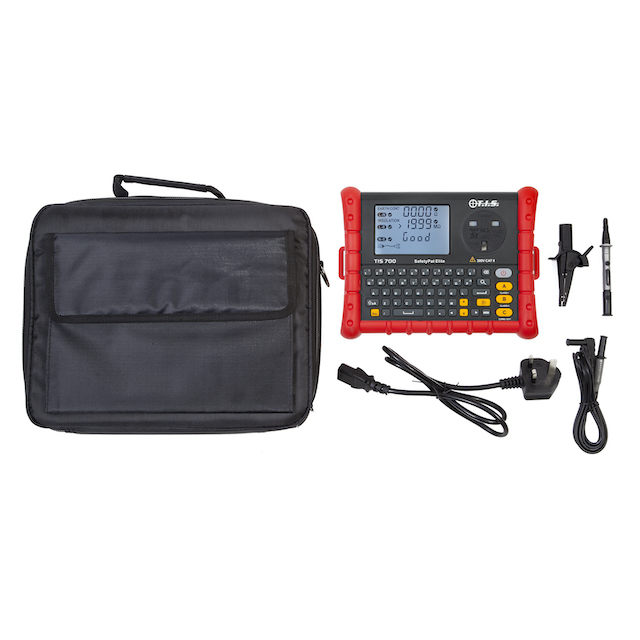Using A PAT Tester
Electrical items can become damaged or faulty through usage, and so in order to check their safe condition for usage on an ongoing basis we undergo regular portable appliance testing. This should only be carried out by a competent person who is deemed to have sufficient understanding of basic electronics and is deemed competent to carry out a PAT Testing programme. How often and where a portable appliance is used will help to dictate how often you are required to test it, and this is usually determined through a risk assessment carried out by the competent person.
Before you start your PAT testing programme
Before you begin your PAT testing programme you should create an itinerary of all the portable appliances on your site, or in the designated area being tested. These are generally classed as electrical items which have a regular plug on a mains lead, and therefore they don’t necessarily need to be portable. For example a fridge in a works canteen should be tested as a portable appliance.
Once you have a full list of all the items to be tested you can begin.
Basic features of a PAT Tester
PAT tester models differ in terms of appearance and functions, but a popular model such as the TIS 700 supplied by Test Instrument Solutions, should have a large digital screen above a regular QWERTY keyboard. The unit can be battery-operated for most usage, but may also have a mains lead if you are working at a desk.
The PAT tester is capable of carrying out Earth continuity tests, insulation tests, polarity tests and true leakage tests. If you are using the TIS 700, for example, on the keyboard there are three main function buttons identified as A,B and C. The A button is for a Class 1 test, which is portable appliance testing with an earth, the B button is for Class 2 testing, which is portable appliance testing without an earth. And the C button is for a cord and extension test.
Operating the PAT tester
When you have selected the item to be tested, it should be plugged into the front face of the open unit, and using the menu navigation buttons you can select the appropriate test. Once the test has been completed with a pass or fail, you can save the result in the memory. The individual item should be physically identified with a pass/fail sticker accordingly and if the item has failed it should be isolated from further use until remedial action has taken place.
The PAT tester is designed and supplied with a list of pre-set appliances in its memory which you can select by scrolling up and down the menu fields, or you can input your own appliances. The PAT tester will also allocate a unique identification number to the item being tested, and will also have a list of pre-set locations, which again you can either scroll through and select or input your own. You are also required to carry out a visual check of the portable appliance, to check for obvious signs of damage or faults, and this should be inputted as a simple pass or fail.
Saving the results
When you save the results in the menu you will also have an option with the TIS 700 of downloading the results to an SD card. When you do this you can release the SD card from its slot in the top of the unit and insert it into a laptop or PC. You should then see a desktop icon through which you can access an Excel spreadsheet with the results and associated data for each tested item. These results can be studied and manipulated and the same file can be shared with customers, clients or management as appropriate.
Storing the PAT tester
It is important that you look after and maintain your PAT tester, particularly as it can often be used in harsh conditions, such as an industrial setting or a construction site. For this reason the PAT tester will come in a protective carry case. Also supplied with the TIS 700 PAT tester is a one-year calibration certificate, an earth class 1 lead and a clamp and a probe.
PAT tester video demonstration
We have a variety of PAT testers and accessories available here at Test Instrument Solutions. Below is a video on our TIS 700 PAT Tester:
Please note that this section is for information purposes only. Anyone using equipment referred to in this section must be suitably qualified and/or experienced within the respective field. If in doubt before use, please consult a qualified electrician or engineer & thoroughly read all instruction booklets.